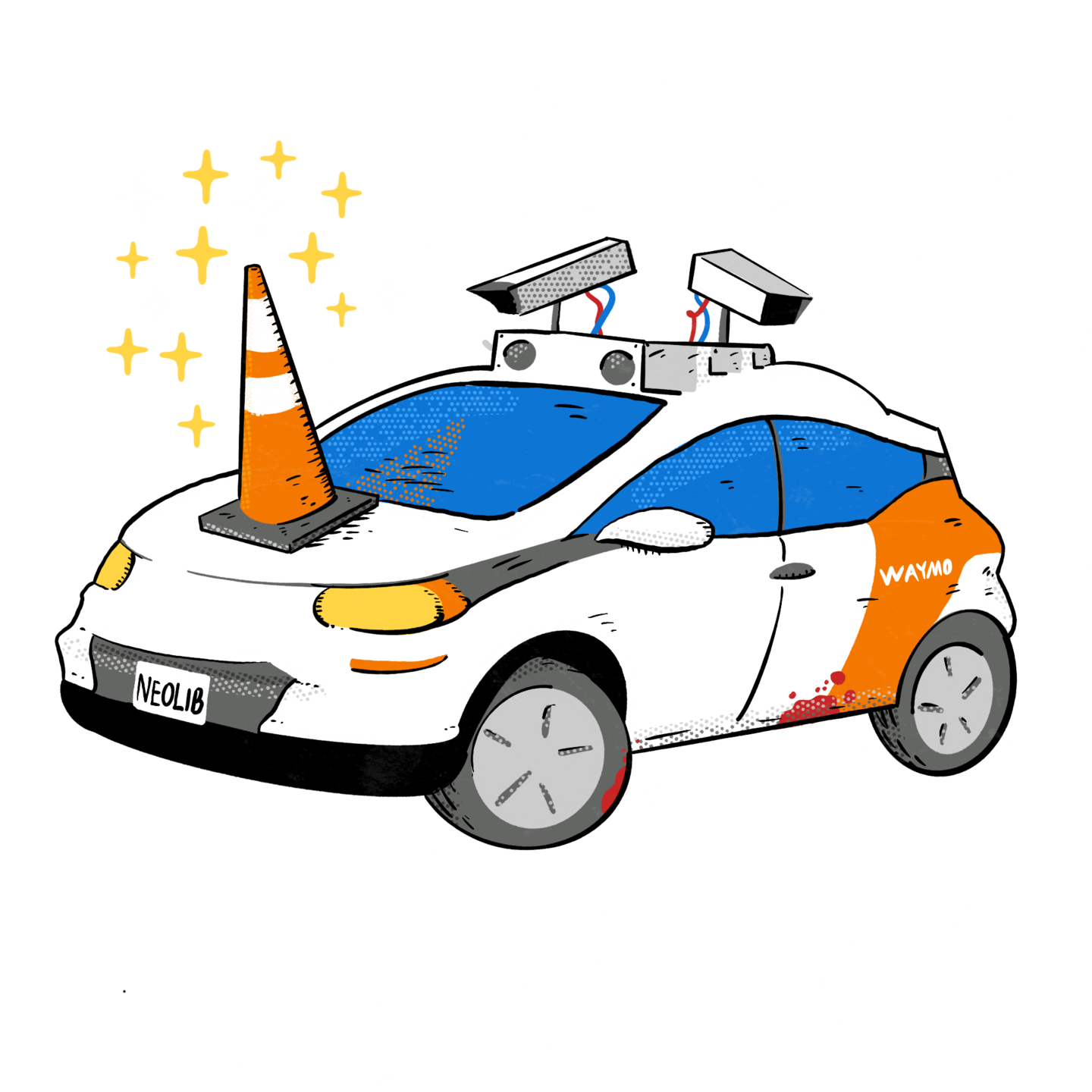
How bad of a situation is Cruise in?
It isn’t looking good. It has been 4 months since their epic disaster of seriously injuring a pedestrian, misinforming regulators and the public, and shutting down service. They have pushed out almost all of their executives and a quarter of their staff. And they do not appear to have a recovery plan. Things do not look good. One has to expect Cruise to be sold in a fire sale or simply abandoned by the end of 2024. This post covers a few recent factors that point in this direction.










